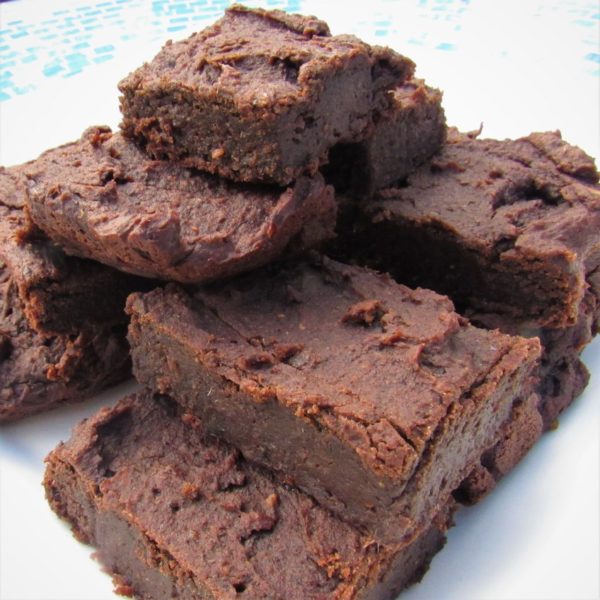“I’m on a high fiber diet. When I get hungry, I buy more yarn.”— Unknown

Say the word fiber and these are some of the images that pop into our minds:
Sawdust
Cardboard
Bark
Celery
***
Unfortunate for many, it often brings an unpleasant and quite unappetizing picture to mind. Maybe that is why fiber gummies, supplements, and mix-ins are so widely used. But ask me how to define fiber and I will describe scrumptious, tasty real food!
Fiber is a form of carbohydrate that is not digested as it passes through your gastrointestinal tract. Essentially, carbohydrate is broken down into sugars during the digestive process, but this portion stays intact and is not only useful but plays a significant role in disease prevention. And, when we get it through real food, it has a synergistic effect, working with other nutrients to become an even more powerful preventative force.
According to the USDA, Americans consume an average of 16 grams fiber per day. They are falling short by 9-22 grams per day!!! Recommendations are set with the intentions of helping all individuals- you, me, your mom, sister, best friend, co-worker, frenemy, and everyone else- to prevent diseases that are significantly affected by what we choose to chew on.
Fiber has been shown to have a beneficial effect on the following:
- Diabetes and blood glucose control
- Constipation
- Decreasing blood cholesterol levels
- Hemorrhoids
- Diverticulosis & Diverticulitis
- Increased satiety (feeling of fullness)
- Weight control
- Reduced risk of some cancers (colon, breast)
- Heart disease
- Metabolic syndrome
How much fiber do you need? Guidelines are different for men, women and children because of general differences in size and estimated caloric intake in different stages of life. The Institute of Medicine provides the following recommendations:
ADULTS
Men 38 grams
Women 25 grams
Older Women 51+ 21 grams
Older Men 51+ 30 grams
CHILDREN
Ages 1-3 19 grams
Ages 4-8 25 grams
Girls Ages 9-13 26 grams
Boys Ages 9-13 31 grams
Girls Ages 14-18 26 grams
Boys Ages 14-18 38 grams
If you are like most ‘average’ Americans, actually 95% of them, and falling short in your daily intake of fiber, supplements don’t need to be your first solution. Before you grab your wallet and head to a pharmacy for some sugar laden ‘fiber’ gummies, unappealing powders or ‘miracle-working’ pills, take a stroll through your market or grocery store for some tasty real food items that are also high in fiber.
Beans
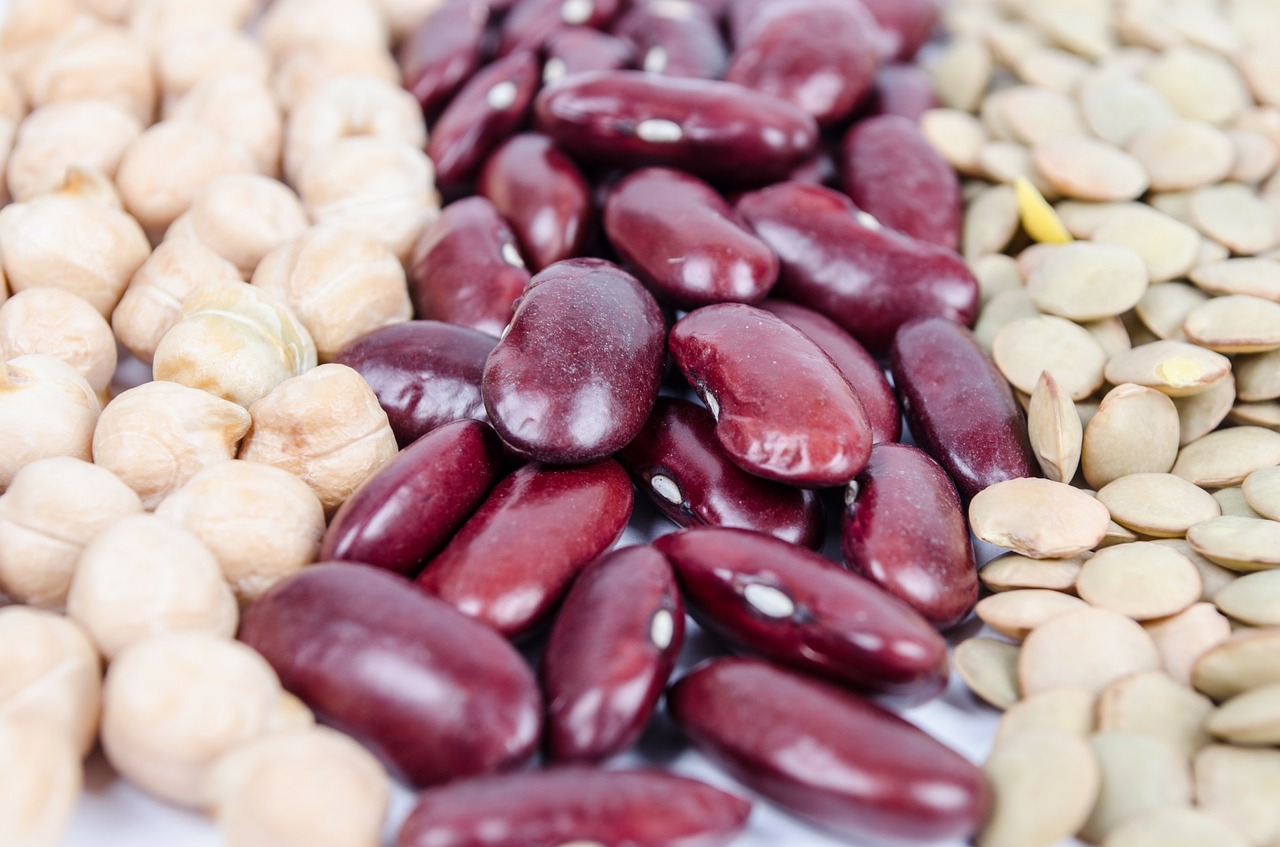
Beans, legumes, and lentils contain the highest source of fiber available from plants per serving! Containing both soluble and insoluble fiber, a ½ cup serving of any type will provide 5-10 grams of total fiber along with 6-9 grams of protein that will help keep you full and satisfied for hours. Beans also have several nutrients that are also found in meats- iron, zinc- allowing them to become a perfect meat replacement for “meatless Mondays” or any other vegetarian meals. They are inexpensive, costing about $0.15 per serving for dry beans and $0.34 per serving for canned beans (store brand).
And don’t get stuck eating just 1 or 2 kinds, makes sure to try different varieties as they all boast an impressive but slightly different nutrient profile while varying in texture, flavor, color and size.
Ideas to incorporate beans into your meals:
- Make a cold salad with fresh veggies, diced cheese, garbanzo beans and Italian/vinaigrette dressing.
- Add a couple extra cans of beans to your favorite soup, stew, or chili.
- Stir in a can of black beans to cooked brown rice along with salsa for the perfect tex-mex side.
- Stuff peppers with the following mixture: cooked lentils, fresh or canned tomatoes, your favorite whole grain (quinoa, barley, etc), chopped fresh or dried herbs; top with feta cheese and bake.
- Add pureed beans as a thickener to soups or to add moisture to meatloaf.
Chia and Flax Seeds
Chia seeds are tiny black seeds that are packed with nutrients, especially fiber. Just 1 tablespoon contains 5 grams of soluble and insoluble fiber. Not only do these seeds boast exceptionally high fiber for such a small quantity but they are a fantastic source of plant based omega-3 fatty acids, antioxidants and minerals like manganese, phosphorous, magnesium and calcium.
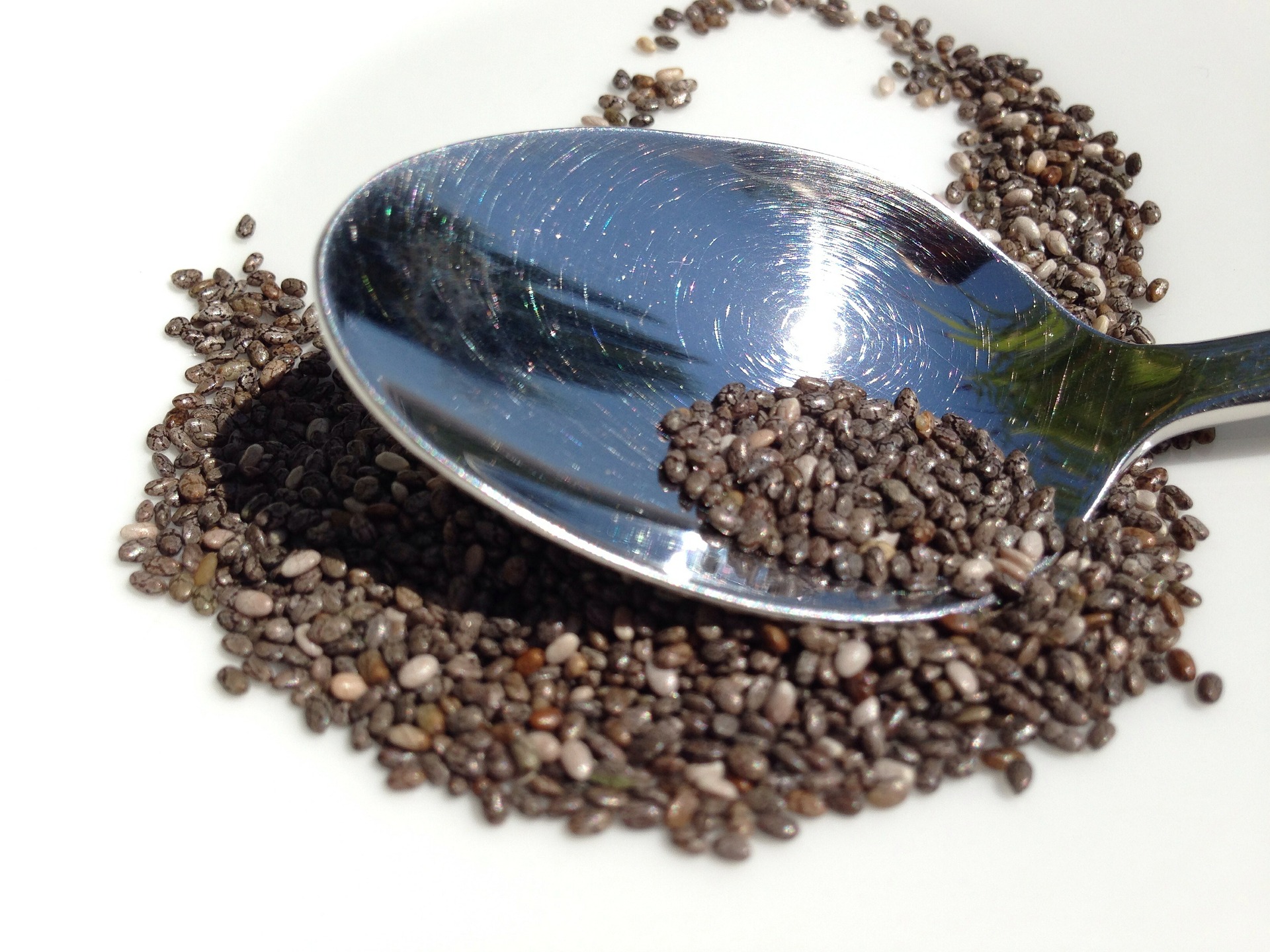
Flax seeds come in several shades ranging from golden to redish-brown. They are small and have a leaf shape outline. However, unlike chia, flax seeds need to be ground in order to absorb all the vital nutrients within the seed including omega-3 fatty acids, B1, copper and magnesium. These little guys have 2 grams fiber per 1 tablespoon serving, making them a perfect nutrition booster at your meals. Buy flax whole and grind in a coffee or spice grinder as needed OR purchase ground and store in the refrigerator to maintain freshness.
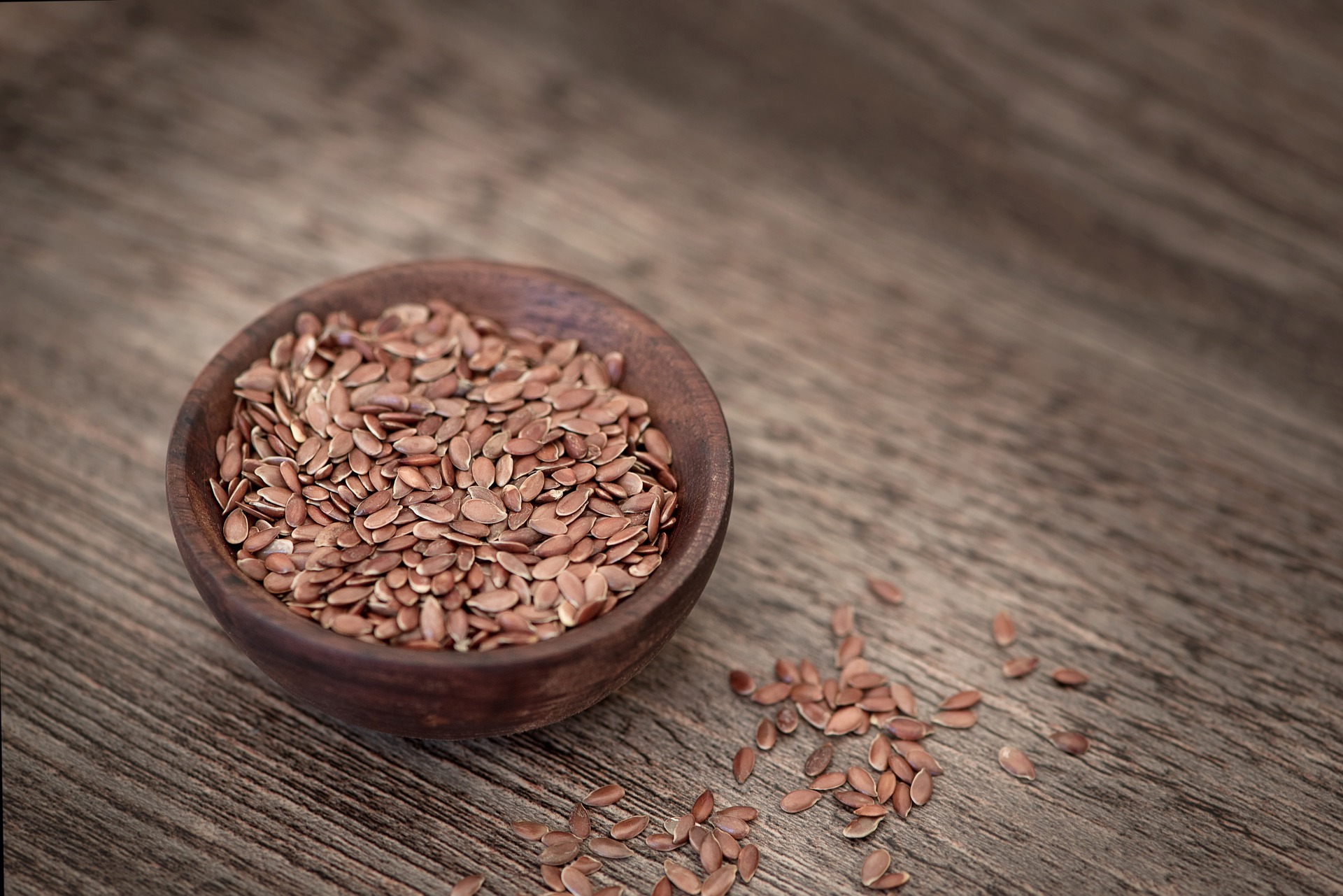
Ideas to incorporate chia/flax seeds into your meals:
- Stir into oatmeal or overnight oats
- Add into your favorite fruit and yogurt smoothie recipe
- Make chia pudding with ½ cup chia seeds, 2 cups milk (any type) and ½ tsp vanilla extract. Add preferred sweetener to desired taste. Cinnamon optional. Serves 4.
- Mix into whole grain muffin, pancake, or waffle recipes.
- Stir ground flax into a pot of beans or cooked rice.
Sweet Potatoes
Down in the south sweet potatoes have their own section on the food pyramid and what a star they are! Packed with 4 grams fiber in 1 medium sweet potato, a sweet and savory serving of fiber never tasted so good! Roasted, grilled, steamed, or mashed, this dinner time favorite is sure to capture your taste buds while delivering a healthy dose of vitamin A for healthy eyes with potassium for managed blood pressure.
Ideas to incorporate sweet potatoes into your meals:
- Top your salad with roasted sweet potatoes & brussel sprouts (use leftovers!), your favorite chopped nuts, a bit of tangy goat cheese and a flavored balsamic vinegar (like cherry or pomegranate).
- Bake these amazing Sweet Potato Biscuits!
- Grill these easy Sweet Potato Turkey Burgers.
- Add diced sweet potato, onion, and sweet chicken sausage to your next pot of Kale Soup.
Brussel Sprouts
A kid in the brassica family, brussel sprouts are one of several vegetables with a significant amount of fiber. Containing an impressive 6 grams of fiber in a 1 cup (cooked) serving, brussels are more than just good eats, they are delicious mini monsters exploding with nutrition. This specific family of veggies has undergone extensive research in the areas of cancer and also appears to hold the keys to anti-inflammatory support. One cup serves up over 200% of your daily needs for vitamin K and more than 100% of your needs for vitamin C. Don’t overcook them to keep their sulfur-containing compounds in check. But definitely buy them because you will love them!
Ideas to incorporate brussel sprouts into your meals:
- Roast with diced center cut bacon or pancetta for a smoky flavor.
- Grill skewered brussel sprouts that have been lightly oiled and seasoned.
- Make a quick slaw by tossing shaved brussel sprouts with olive oil, lemon juice, salt/pepper. Optional: grated cheese; pomegranate seeds; cooked, chopped center cut bacon.
- Saute brussel sprout leaves in sesame oil; season and serve warm.
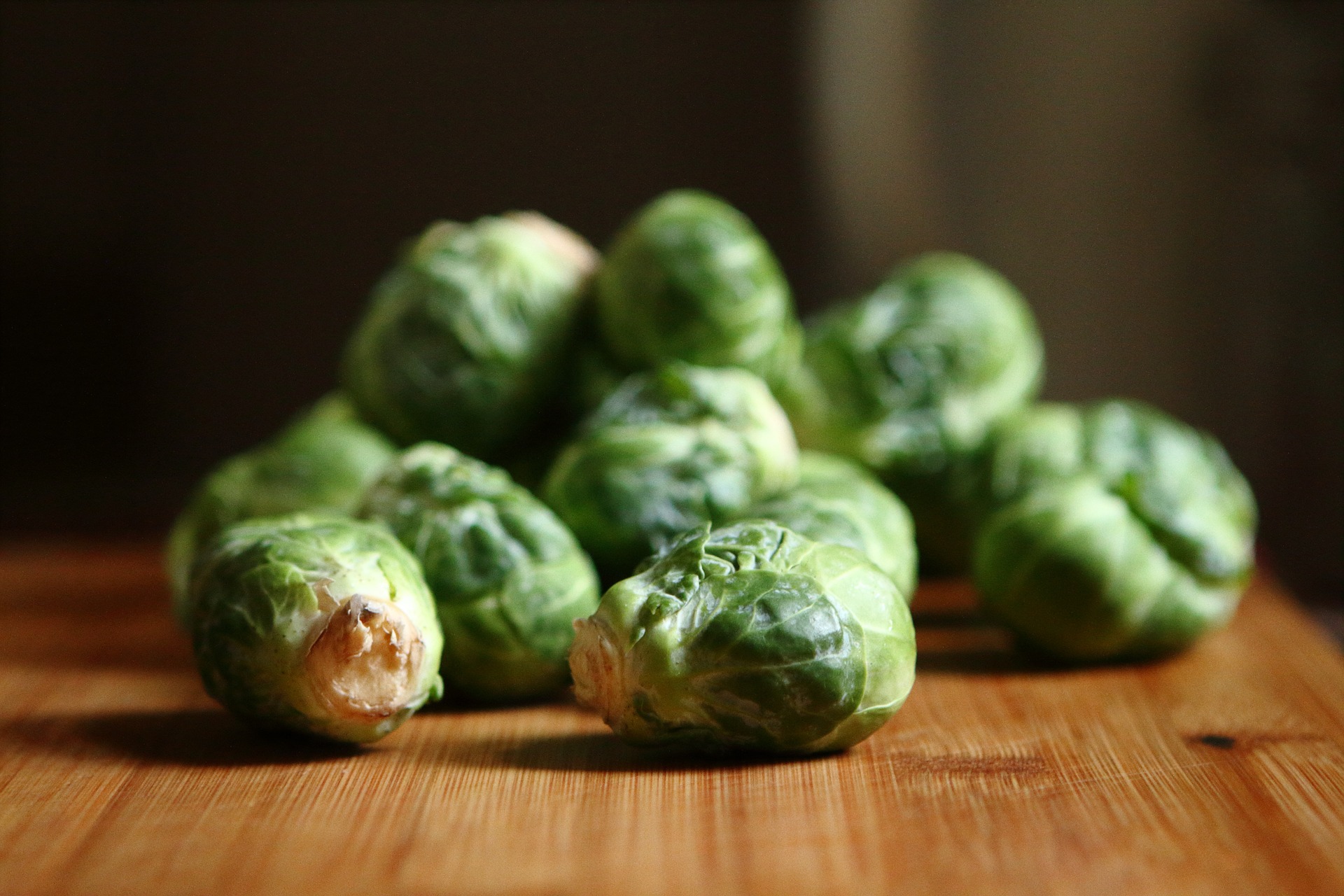
Fiber is not a bad word. Fiber is not tasteless and doesn’t have sandpaper mouthfeel. Fiber is, in fact, a component of many mouthwatering dishes and a nutrient that practically all Americans need to consume more often. Call it creamy hummus, chia pudding parfait, cranberry orange sweet potato mash or smoky bacon brussel sprouts… call it what you will, I call it good eats!
TRUTH: Beloved, I pray that you may prosper in all things and be in health, just as your soul prospers.
3 John 1:2
REFERENCES
United States Department of Agriculture, https://www.ars.usda.gov/ARSUserFiles/80400530/pdf/DBrief/12_fiber_intake_0910.pdf
The National Academies of Sciences Engineering Medine: Dietary Reference Intakes for Energy, Carbohydrate, Fiber, Fat, Fatty Acids, Cholesterol, Protein and Amino Acids, http://www.nationalacademies.org/hmd/Reports/2002/Dietary-Reference-Intakes-for-Energy-Carbohydrate-Fiber-Fat-Fatty-Acids-Cholesterol-Protein-and-Amino-Acids.aspx
Bean Institute, http://beaninstitute.com/bean-nutrition-overview/
Harvard School of Public Health, The Nutrition Source: Fiber, https://www.hsph.harvard.edu/nutritionsource/carbohydrates/fiber/
Today’s Dietitian: The Top Fiber-Rich Foods List, Sharon Palmer, Vol. 10, No. 7, P. 28, http://www.todaysdietitian.com/newarchives/063008p28.shtml
2015-2020 Dietary Guidelines for Americans, https://health.gov/dietaryguidelines/2015/resources/2015-2020_Dietary_Guidelines.pdf

